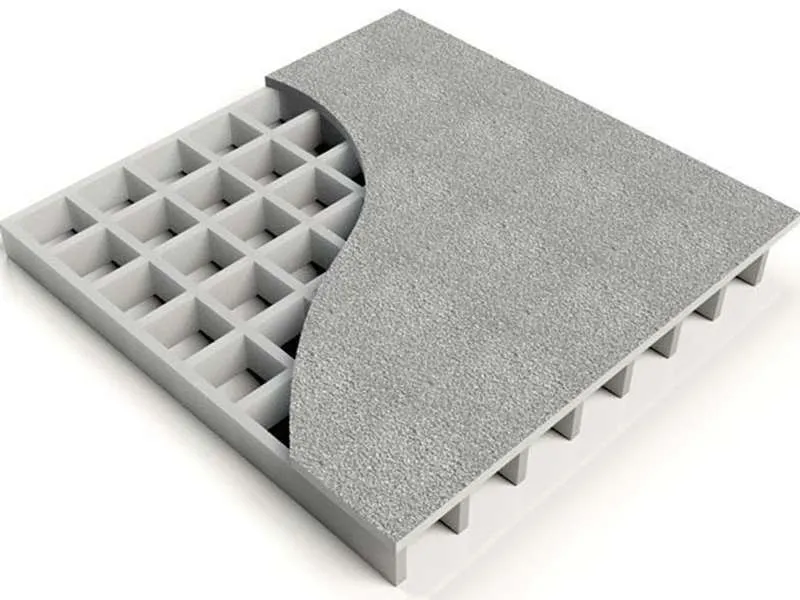
-
 Afrikaans
Afrikaans -
 Albanian
Albanian -
 Amharic
Amharic -
 Arabic
Arabic -
 Armenian
Armenian -
 Azerbaijani
Azerbaijani -
 Basque
Basque -
 Belarusian
Belarusian -
 Bengali
Bengali -
 Bosnian
Bosnian -
 Bulgarian
Bulgarian -
 Catalan
Catalan -
 Cebuano
Cebuano -
 China
China -
 China (Taiwan)
China (Taiwan) -
 Corsican
Corsican -
 Croatian
Croatian -
 Czech
Czech -
 Danish
Danish -
 Dutch
Dutch -
 English
English -
 Esperanto
Esperanto -
 Estonian
Estonian -
 Finnish
Finnish -
 French
French -
 Frisian
Frisian -
 Galician
Galician -
 Georgian
Georgian -
 German
German -
 Greek
Greek -
 Gujarati
Gujarati -
 Haitian Creole
Haitian Creole -
 hausa
hausa -
 hawaiian
hawaiian -
 Hebrew
Hebrew -
 Hindi
Hindi -
 Miao
Miao -
 Hungarian
Hungarian -
 Icelandic
Icelandic -
 igbo
igbo -
 Indonesian
Indonesian -
 irish
irish -
 Italian
Italian -
 Japanese
Japanese -
 Javanese
Javanese -
 Kannada
Kannada -
 kazakh
kazakh -
 Khmer
Khmer -
 Rwandese
Rwandese -
 Korean
Korean -
 Kurdish
Kurdish -
 Kyrgyz
Kyrgyz -
 Lao
Lao -
 Latin
Latin -
 Latvian
Latvian -
 Lithuanian
Lithuanian -
 Luxembourgish
Luxembourgish -
 Macedonian
Macedonian -
 Malgashi
Malgashi -
 Malay
Malay -
 Malayalam
Malayalam -
 Maltese
Maltese -
 Maori
Maori -
 Marathi
Marathi -
 Mongolian
Mongolian -
 Myanmar
Myanmar -
 Nepali
Nepali -
 Norwegian
Norwegian -
 Norwegian
Norwegian -
 Occitan
Occitan -
 Pashto
Pashto -
 Persian
Persian -
 Polish
Polish -
 Portuguese
Portuguese -
 Punjabi
Punjabi -
 Romanian
Romanian -
 Russian
Russian -
 Samoan
Samoan -
 Scottish Gaelic
Scottish Gaelic -
 Serbian
Serbian -
 Sesotho
Sesotho -
 Shona
Shona -
 Sindhi
Sindhi -
 Sinhala
Sinhala -
 Slovak
Slovak -
 Slovenian
Slovenian -
 Somali
Somali -
 Spanish
Spanish -
 Sundanese
Sundanese -
 Swahili
Swahili -
 Swedish
Swedish -
 Tagalog
Tagalog -
 Tajik
Tajik -
 Tamil
Tamil -
 Tatar
Tatar -
 Telugu
Telugu -
 Thai
Thai -
 Turkish
Turkish -
 Turkmen
Turkmen -
 Ukrainian
Ukrainian -
 Urdu
Urdu -
 Uighur
Uighur -
 Uzbek
Uzbek -
 Vietnamese
Vietnamese -
 Welsh
Welsh -
 Bantu
Bantu -
 Yiddish
Yiddish -
 Yoruba
Yoruba -
 Zulu
Zulu
Fiberglass Clarifier Solutions for Efficient Water Treatment Systems and Applications
Understanding Fiberglass Clarifier Systems
In today's world, the demand for efficient water treatment solutions has become increasingly important. As industries expand and urbanization continues, the need for sustainable and effective methods to manage wastewater has arisen. One notable solution that has gained traction in various applications is the fiberglass clarifier system. This innovative technology plays a crucial role in the sedimentation process, helping to enhance water quality and promote environmental sustainability.
What is a Fiberglass Clarifier System?
A fiberglass clarifier system is an advanced water treatment technology designed to remove suspended solids and contaminants from water and wastewater through the process of sedimentation. These systems are constructed from fiberglass-reinforced plastic, which offers several advantages over traditional materials like concrete and steel. The lightweight and corrosion-resistant properties of fiberglass make it a preferred choice for many applications, particularly in challenging environments.
Components of a Fiberglass Clarifier System
The typical components of a fiberglass clarifier system include the following
1. Clarifier Basin The basin serves as the main body where sedimentation occurs. The design of the basin is crucial, as it determines the efficiency of the sedimentation process. Fiberglass allows for smooth internal surfaces, minimizing turbulence and ensuring a more effective settling process.
2. Inlet and Outlet Structures These structures control the flow of water into and out of the clarifier. The inlet is designed to evenly distribute the incoming flow, while the outlet allows for the removal of clarified water. Proper design is essential to prevent short-circuiting and ensure optimal performance.
3. Sludge Collection System This component gathers the settled solids, or sludge, from the bottom of the clarifier basin. The sludge is then transported for further treatment or disposal. Efficient sludge removal is vital to maintaining the operational efficiency of the clarifier.
4. Supernatant Overflow The clean water that rises to the top after sedimentation is known as supernatant. The design of the overflow weir is crucial, as it must ensure that this clarified water is effectively removed without disturbing the settled solids below.
fiberglass clarifier system

Benefits of Fiberglass Clarifier Systems
1. Corrosion Resistance One of the most significant advantages of fiberglass is its resistance to corrosion. This property extend the lifespan of the clarifier system, reducing maintenance and replacement costs.
2. Lightweight and Easy to Install Fiberglass systems are lighter than their concrete or steel counterparts. This characteristic not only simplifies transportation but also accelerates installation, allowing for quicker implementation in various settings.
3. Cost-effectiveness While the initial investment may be higher than some traditional systems, the long-term savings in maintenance and durability make fiberglass clarifiers a cost-effective choice.
4. Enhanced Performance The smooth surface of fiberglass reduces friction and allows for efficient flow management, leading to improved sedimentation rates and better overall water quality.
5. Customization Options Fiberglass clarifiers can be tailor-made to meet specific requirements. Whether it's for municipal wastewater treatment, industrial processes, or stormwater management, these systems can be designed to suit a wide range of applications.
Applications of Fiberglass Clarifier Systems
Fiberglass clarifier systems find applications in various sectors, including municipal wastewater treatment, industrial wastewater management, food and beverage processing, and stormwater treatment. Their ability to effectively remove contaminants makes them suitable for treating a diverse range of water types.
Conclusion
In summary, fiberglass clarifier systems represent a significant advancement in water treatment technology. Their corrosion resistance, lightweight nature, cost-effectiveness, and enhanced performance make them a preferred choice for many industries looking to improve their wastewater management practices. As the demand for sustainable water treatment solutions continues to grow, fiberglass clarifiers will undoubtedly play a pivotal role in shaping the future of water purification and environmental protection.









